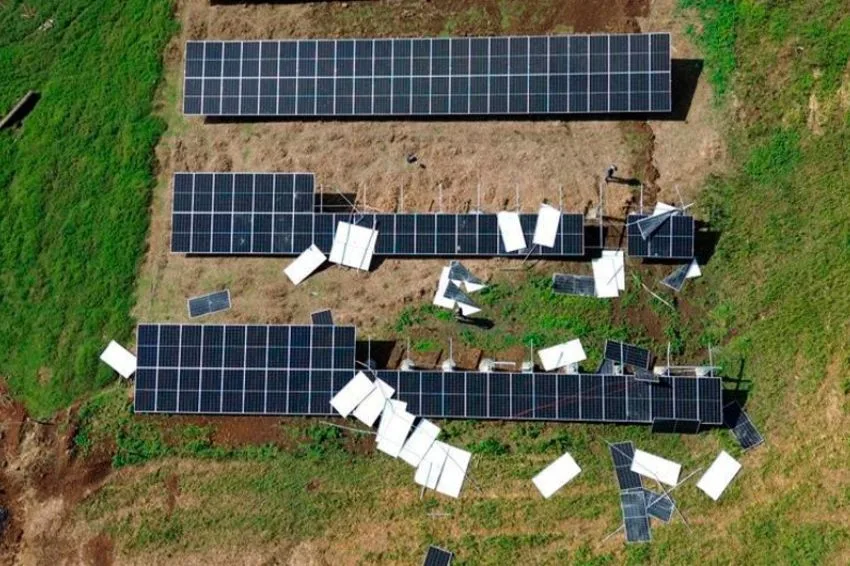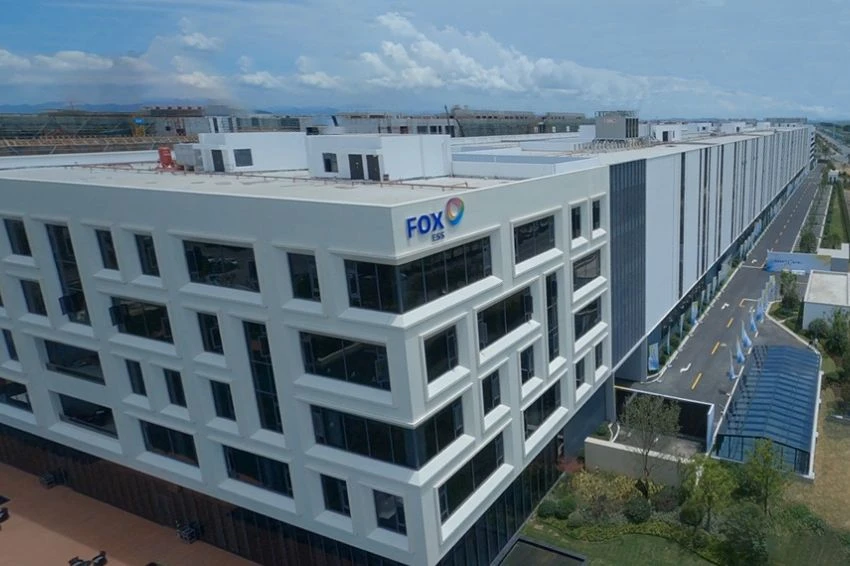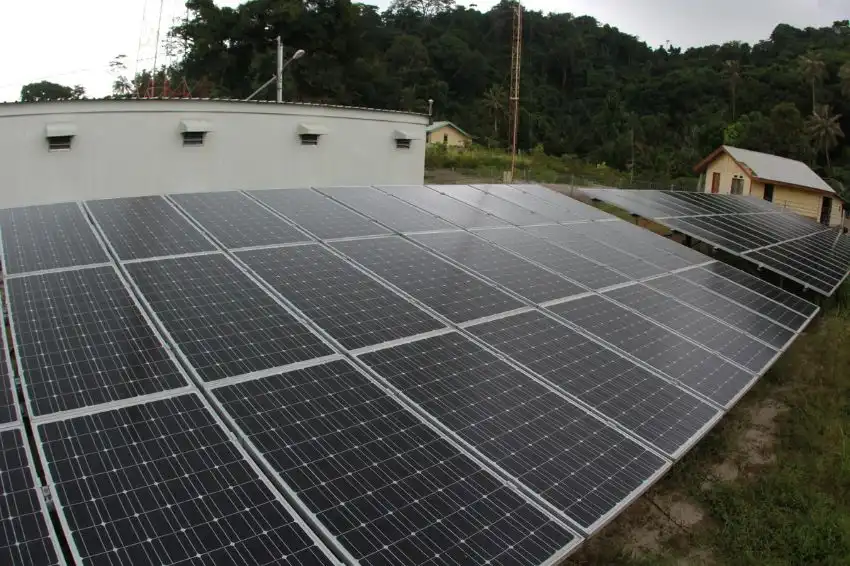Photovoltaic systems are, for the most part, extremely profitable, and tend to pay for themselves in a shorter period of time than most investments. However, for this to happen, the system needs to work.
This seems obvious, however, we see several cases of problems in the operation of photovoltaic plants that were not planned during the design process sizing, choosing products and purchasing materials, which leads to a loss that can compromise the entire objective of the investment.
Today, one of the biggest fears of integrators is that the plant installed at a given customer will stop generating, due to design, installation, product failure or force majeure.
Design and installation flaws can be mitigated with qualification, training, verification and commissioning, which is feasible for every installer.
Losses due to force majeure, such as floods, hail, windstorms, among others, can be reduced through property insurance, which is also feasible and easily accessible to the integrator and the customer.
On the other hand, product problems are subject regardless of the technical qualifications of the design and installation.
In this case, to reduce risks, the first step is to choosing a quality product, which has already proven itself reliable in the market and which has a serious and committed company behind its marketing.
The seriousness and commitment of the distributor and manufacturer to their products is what guarantees that, even if a problem occurs in the inverter, for example, this customer will not be left without help in relation to the warranty of this product. And why is it so important to have this support from the manufacturer and distributor?
Below we will present some calculations and simulations that will show in approximate numbers the damage caused by the non-operation of photovoltaic plants for a long period of time, which can happen if the customer or the integrator fails to comply with this problem, or if the support from the manufacturer\distributor's technical support or due to the delay in replacing parts by this supplier's maintenance team.
We will use as a basis a ENEL utility energy bill, from a Group B client, Industrial class, located in São Paulo (SP).
The photovoltaic system was simulated using the Helioscope software, and considered 160 Longi Solar modules of 500 W each, and 1 PHB75K-MT inverter, of 75 kW. The system totals 80 kWp and 75 kWac.
Half of the modules are simulated installed on a metal roof with northeast orientation, with a 10-degree roof inclination, and the other half of the modules are simulated installed on a metal roof facing southwest, also with a 10-degree inclination. An image of the module layout is shown below.

The photovoltaic system as laid out presented an estimated annual energy delivery of 91.7 MWh, already considering losses related to AC and DC cabling, inverters, clipping, dirt, among others. The total generation, losses and monthly generation can be seen in the image below.
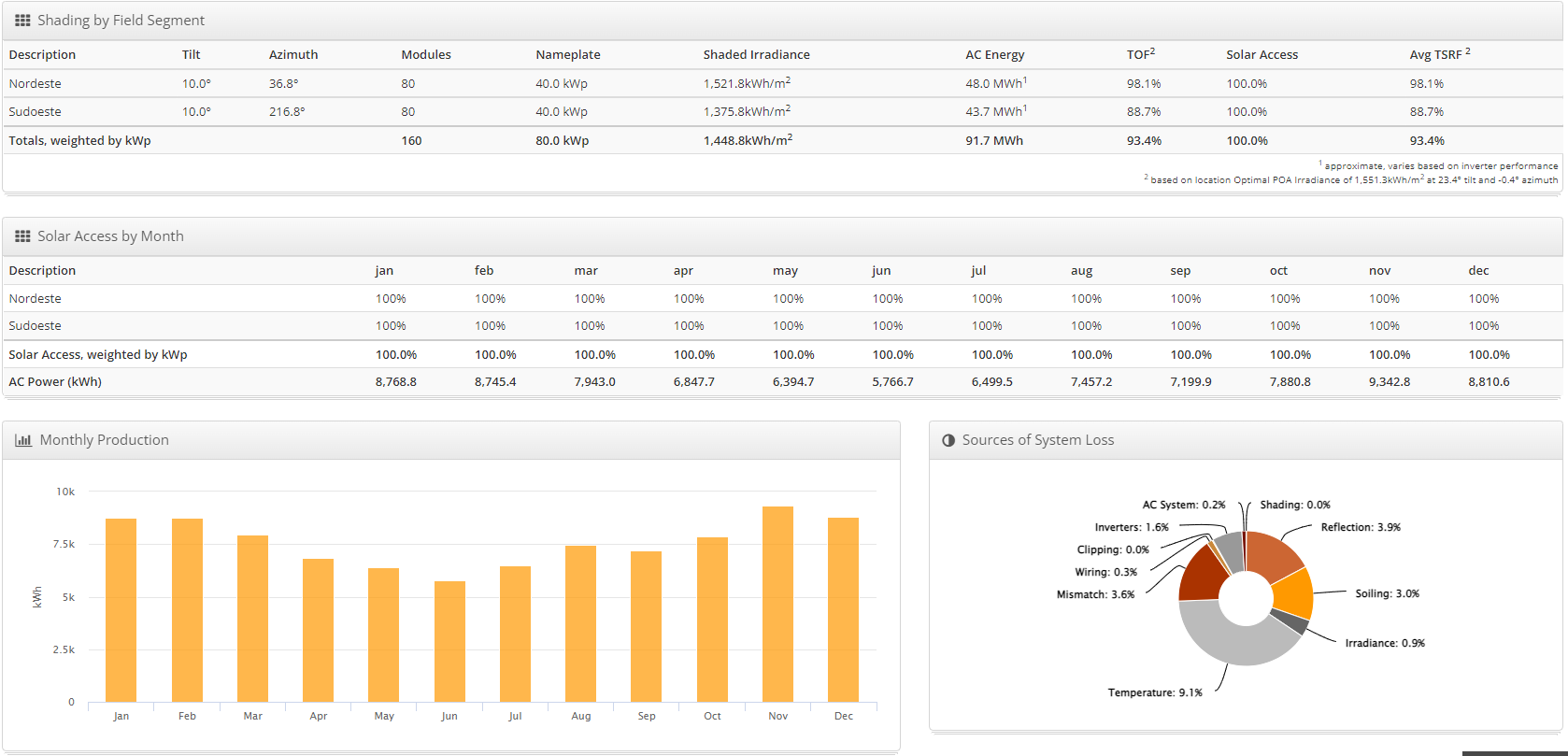
Based on the estimated generation of this system, we need to check the amounts charged per kWh on the customer's energy bill, observing the tariff components TUSD (Distribution System Usage Tariff) and TE (Energy Tariff). The customer's consumption history and the description of billing and amounts charged by TUSD and TE are presented below.
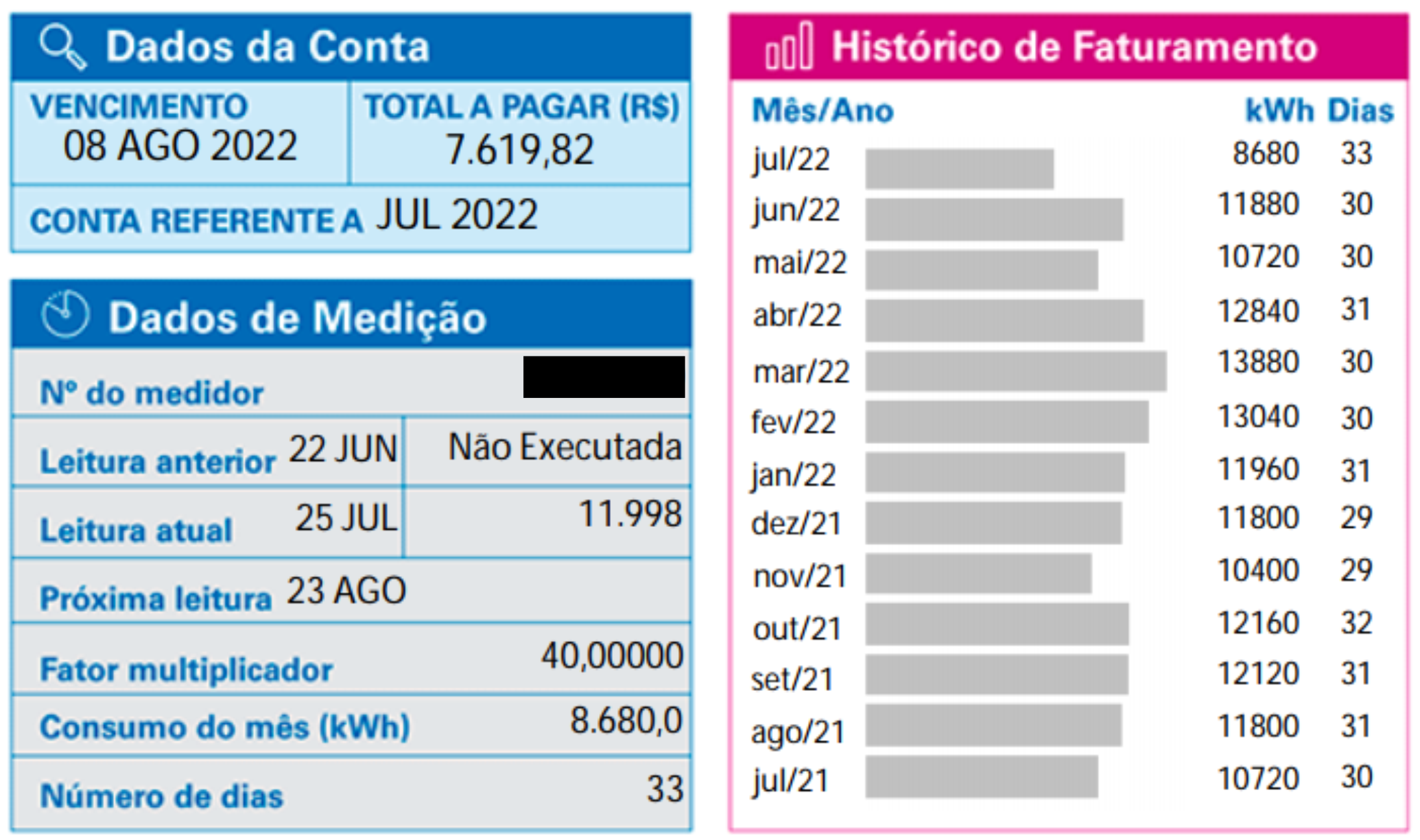
With the generation estimate data and consumption history, we can see that in every month of the year consumption exceeded generation. As a result, this system will be sufficient to partially reduce the customer's consumption, and will not be a system designed to generate total annual consumption.

We can also see that the base value (without taxes) of TUSD is R$ 0.36639/kWh and that of TE is R$ 0.26943/kWh. Applying ICMS, the TUSD value becomes R$ 0.44682/kWh and the TE value becomes R$ 0.32857/kWh.
With such generation, consumption and TUSD and TE values we can now simulate the approximate monthly savings that the photovoltaic system will bring to the customer, and consequently how much the customer will save in the event of a failure that causes the plant to stop completely. For this calculation, we must also assume an expected concurrency value for the client.
A concurrency is how much the client consumes instantly from its generation, without injection into the network. This is important because instantaneous consumption, as it is not seen by the meter, brings total savings in the value of the kWh considering its price with taxes, as each kWh of generation consumed instantly causes one less kWh to be consumed from the grid.
The simultaneity considered for this customer profile will be 70%, as the site operates during business hours, the same time as photovoltaic solar generation occurs.
Let's look at the first case of estimating losses in the event of a system shutdown:
1) System failure in December and inoperability until January:
If the inverter of this plant presents a problem that causes it to be completely shut down on the first day of December, and it is only repaired and returned by the manufacturer, and reinstalled on the last day of January, we will have the following financial loss to the customer:
December Generation = 8,810.6 kWh
January Generation = 8,768.8 kWh
Considering the simultaneity of 70%, and that the TE tariff is fully deducted by credit compensation, but TUSD only has its base tariff deducted (taxes are not deducted), we will have the following amount as a loss in this case:




2) System failure in December and repair in December
In this case study we will have to assume that consumption and generation during the month are uniform, with 10 days corresponding to 32.25% of monthly consumption\generation.
Therefore, the lack of generation during the 10 days of the equipment repair and reinstallation process will result in the customer failing to save the following amount:
The agility in solving the problem saved the customer more than eleven thousand reais. Therefore, from these two simulations, it is notable that a manufacturer that values the quality and agility of service is of utmost importance so that product problems or even external problems that cause the inverter to stop operating do not harm the return of the inverter so much. end customer investment.
Situations of generation outages are rarely predicted by the installer when choosing equipment, however, when they occur, they generate inconvenience and discomfort between customer and installer, and it is in these moments that a serious manufacturer shows its value.
PHB Solar has more than 37 years of experience, with extensive knowledge in hardware and a fully qualified engineering, support and after-sales team with a national presence.
This national presence brings reliability and agility both in providing support to the field installer, during doubts and needs that arise during the work, and in the speed required for repairs and exchanges of components of the photovoltaic system, in order to deliver the best experience to the customer. end user of the photovoltaic system.





